Planning for My 7,000 Mile Cross Country Trip
Two years ago, I began planning a solo cross-country trip with my dog, Sampson. This trip would have me driving almost 7,000 miles from my hometown in South Carolina to Montana, and then back. The trip took four weeks traveling across 19 states and visiting 9 National Parks, and two full years to actually make the trip happen. And I can say with absolutely certainty, it was worth the wait.
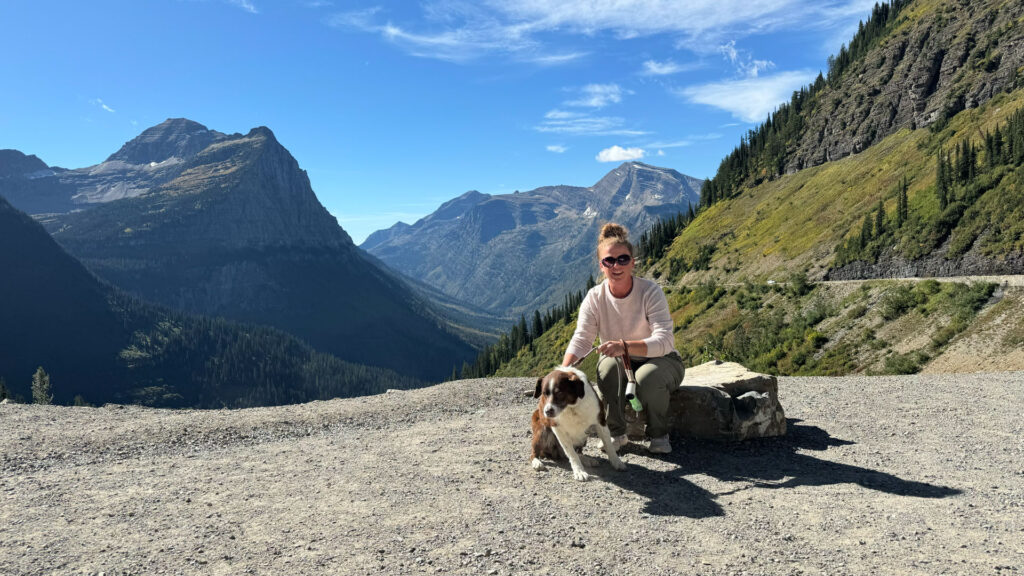
Originally, I began planning in the fall of 2022 to take this trip in the summer of 2023. Ultimately it got pushed to the fall of 2024. After having taken a trip out west with family and friends in 2022, and hearing about a neighbor’s solo trips throughout the US, I was inspired to stop dreaming and start planning. And so, I did.
This is the first of a few posts that will walk you through how I prepared for my trip, many of the destinations I visited, and other details you might find helpful in case you’re interested in planning a cross-country trip yourself.
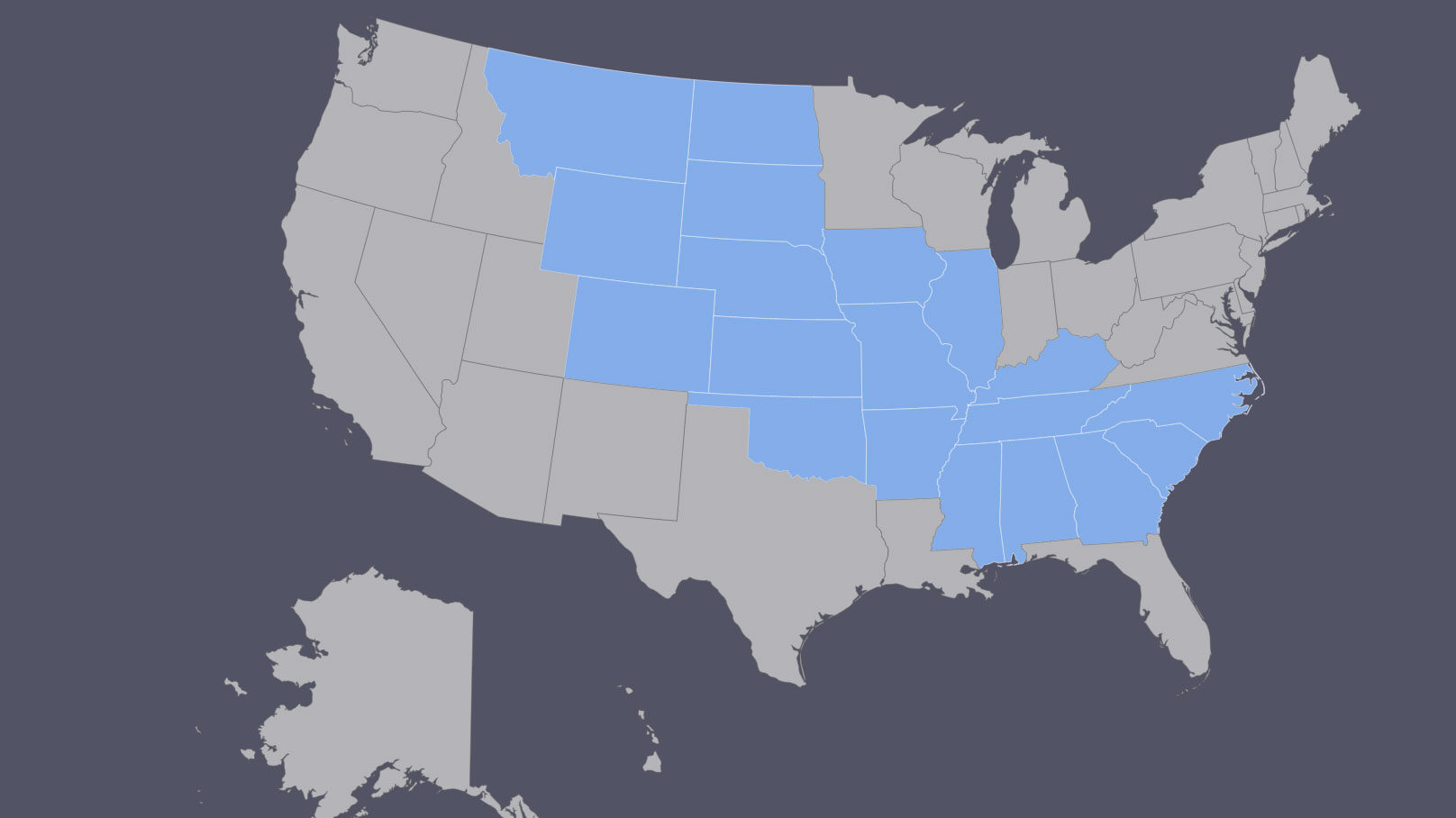
How to Plan a Cross Country Trip
I’m a planner at heart but also believe for a trip like this with, it’s essential. I’m not a fly by the seat of your pants kind of gal. I was also traveling with my dog, Sampson, so that added an extra layer to the process that I’ll discuss in another post. So, with all of those details in mind, planning was essential.

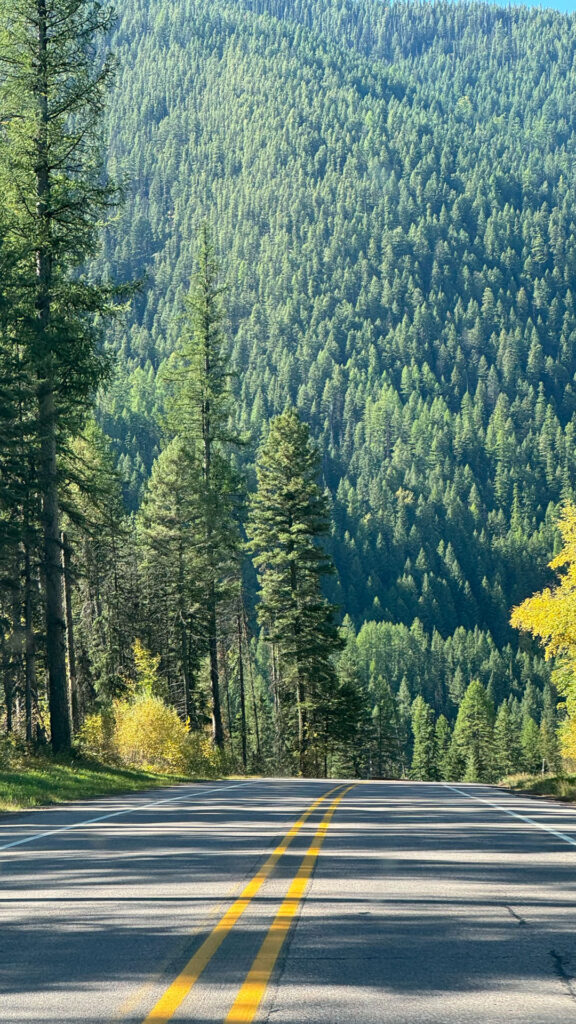
Old School Research vs. AI and ChatGPT
There are at least a couple of ways to go about planning for a trip like this. You can go old school like I did and do the actual research or you can utilize AI and ask ChatGPT to outline a course for you. I went the old school route because I actually love the research but when I got back, I asked ChatGPT to create the same road trip for me. While a lot of it was the same, there were several small stops that AI missed and it took me on a slightly different path. So while I’m not opposed to using AI as a starting point, I would encourage you to also do your own research to personalize your trip based on your interests.
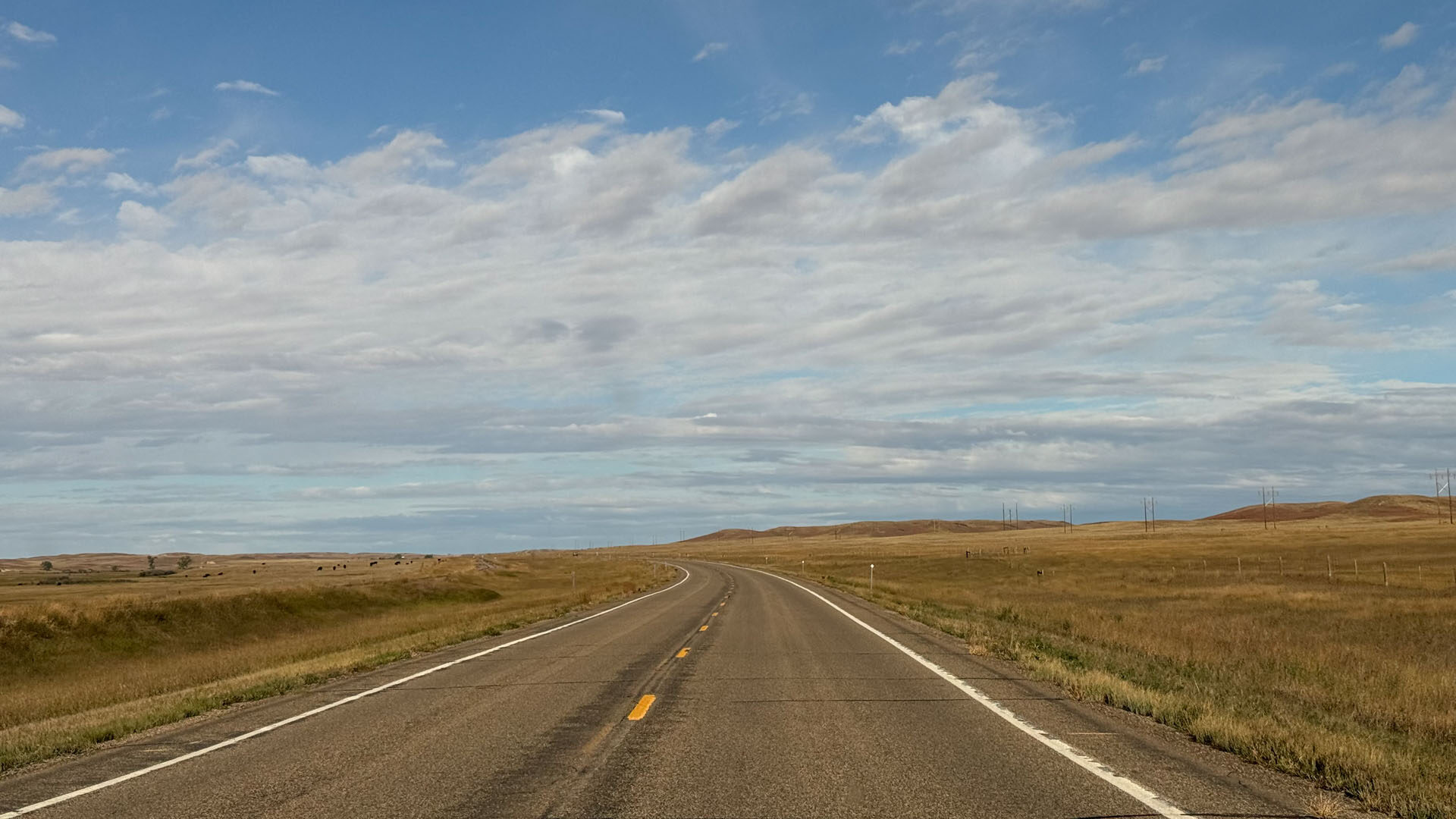
My Planning Process
1. List All of Your Must-Visit Stops.
I think this goes without saying but I started by listing all of the places I knew I wanted to visit during my cross country trip.
At the top of my list was Glacier National Park and the Montana area, followed by Yellowstone and the Grand Tetons in Wyoming. The rest of the destinations would be determined based on the route I decided on plus I wanted to visit as many National Parks as I could along the way.
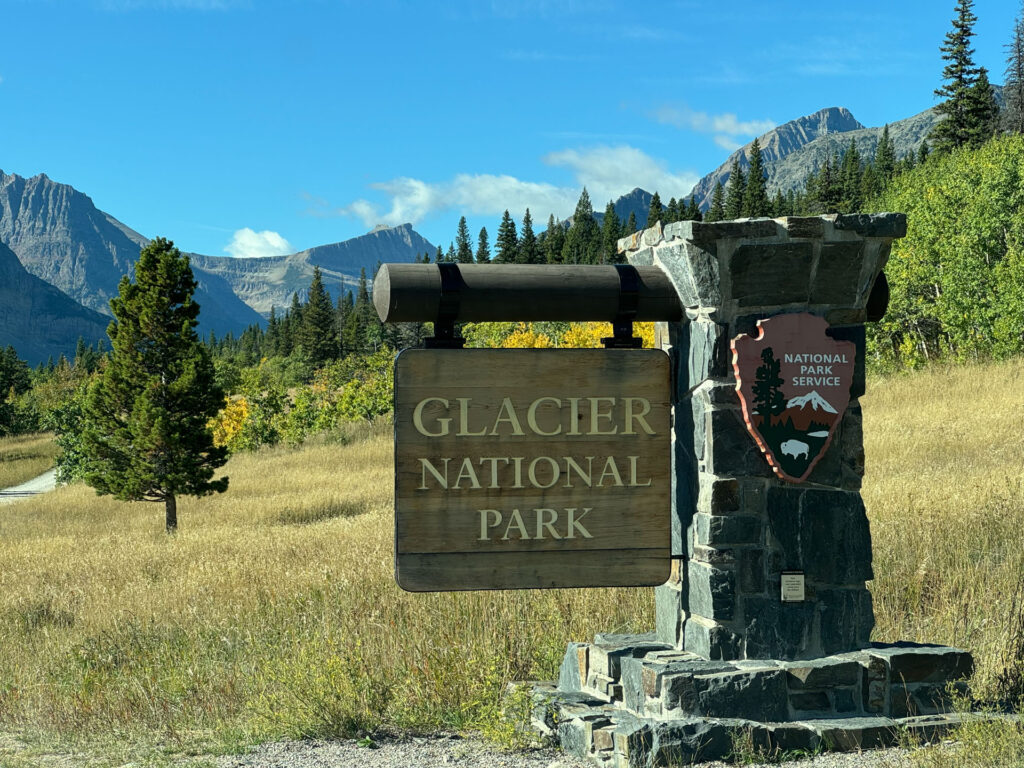
I first started listing everything in Word, and quickly shifted to an Excel spreadsheet where I tracked every single thing. Like everything I could think of that might be helpful.
- To help me keep track of what each destination looked like, I took screenshots of pictures found online and added those to the spreadsheet which was incredibly helpful. There were a lot of new places I was planning to visit so this helped me visually keep track.
- Once I was further along in the detail phase, I transferred those details into Notes. I organized those details by week so it was easier to access on my phone while on the road.
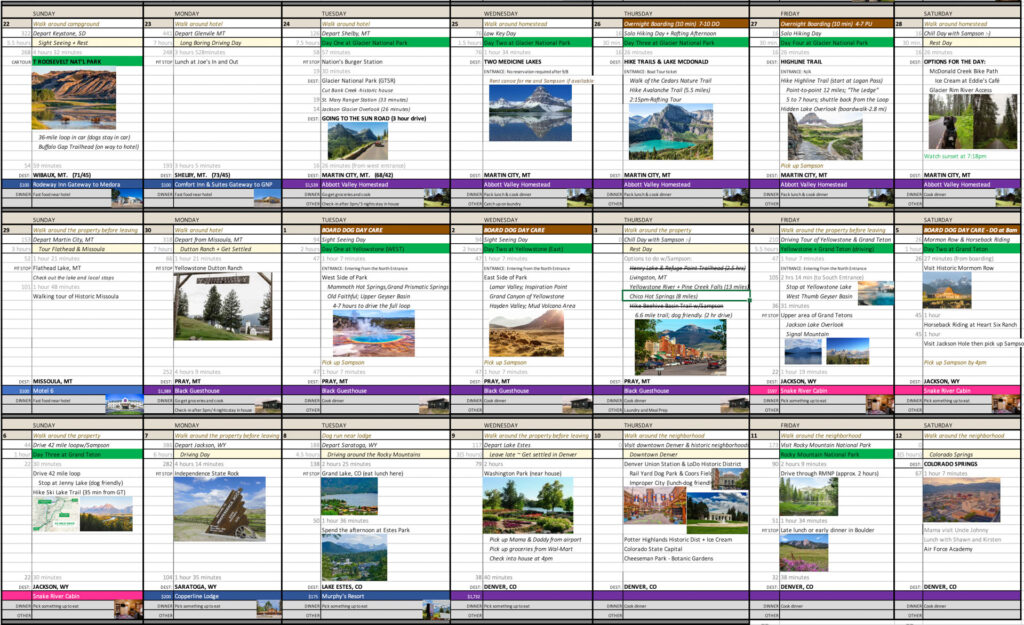
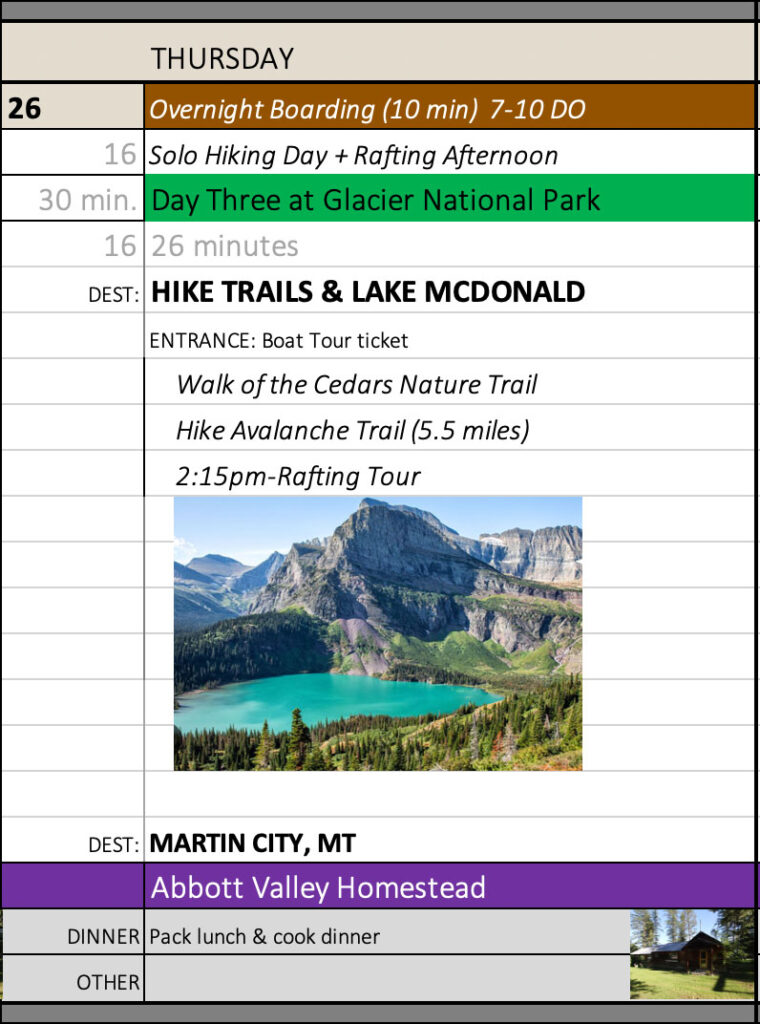

2. Create a Custom Google Map and Pin All of Your Locations.
I created a custom map in Google which is the best piece of advice I can give you. Make sure you are using Google My Maps to create your map rather than Google Maps – there is a difference. Create this on your laptop so that you can see the big picture, and pin your must-visit stops first. This map allows you to create layers by destinations, type, and directions, that can be toggled on and off. And it can be shared with others.
For example, all of my National Parks and related activities are in one tab, specific cities and states I would be stopping in another, and dog friendly destinations in another.
You can also create layers with directions for your specific routes.
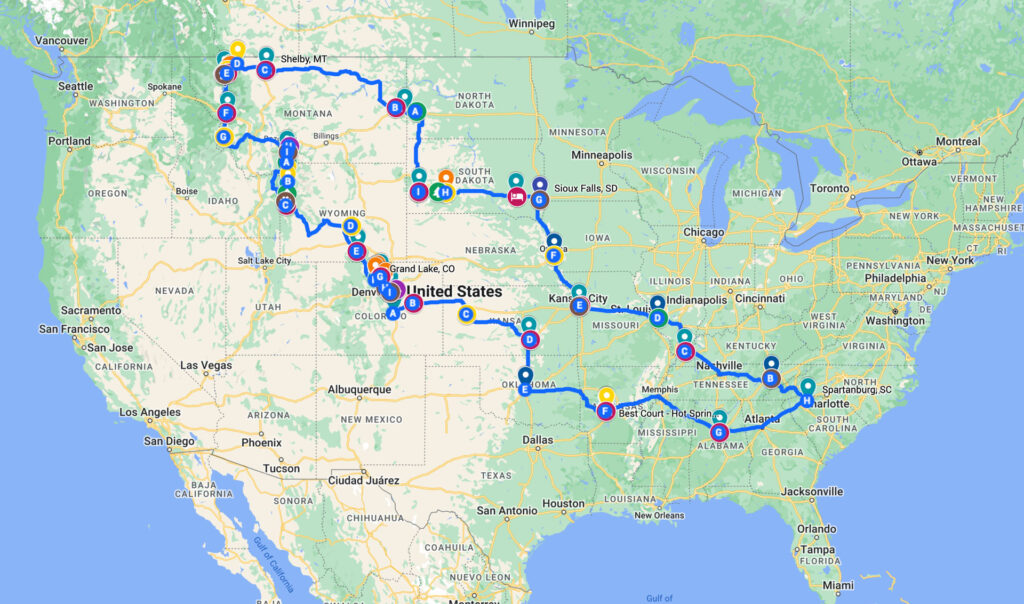
3. Determine Your Route
Once I pinned the majority of the locations, I could start to see what routes made the most sense. This also allowed me to play around with routes and what new locations might be worth researching.
Also, the custom map in Google My Maps can be synched with your phone and viewed on Google Maps. Simply pull up this map from the ‘You’ tab on your phone, then access in your car using Apple Car Play while driving. This made driving in unfamiliar territory easy.
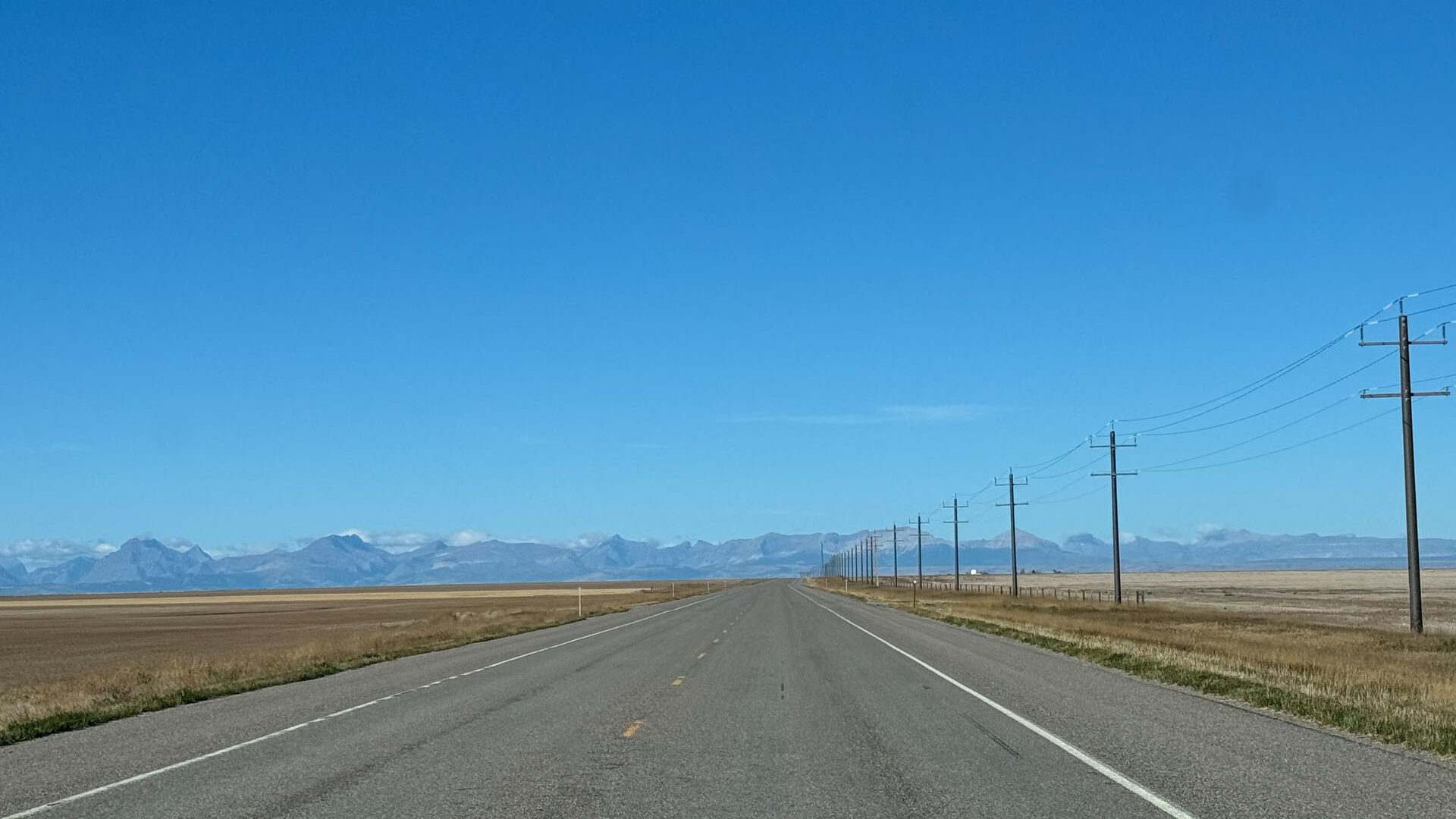
Do the Research
With your must-visit locations determined, locations pinned on a map, and your route roughly mapped out, it’s time to do a deep dive into the research. This is a giant rabbit hole for me because I can research for hours. Honestly, I might enjoy the research as much as the trip itself.

Here are several things to keep in mind as you begin your research.
1. Closures and Entry Schedules
Find out if any destinations are closed during specific time periods.
National Parks in particular have varying hours, fees, timed entries requiring reservations, and closures, especially out west. Visit the National Parks Service website to find details for each specific park you plan to visit to make sure you can get in when you plan to go.
For example, many of the National Parks out west are closed mid-fall, during the winter, and through the early spring due to the weather. Glacier National Park closes the main road, Going to the Sun Road, usually around mid-October. Yellowstone closes several of its roads during late October as well. Since those were both at the top of my list, I knew I had to be there by the end of September at the latest. Likewise, early spring would not be an option.
If you’re planning to visit more than three National Parks, purchase an America the Beautiful Pass ahead of time. Almost every National Park requires an entry fee so the pass saves you money if you have several stops. Also, some also require reservations for timed entries which requires a small fee you must pay online ahead of time.
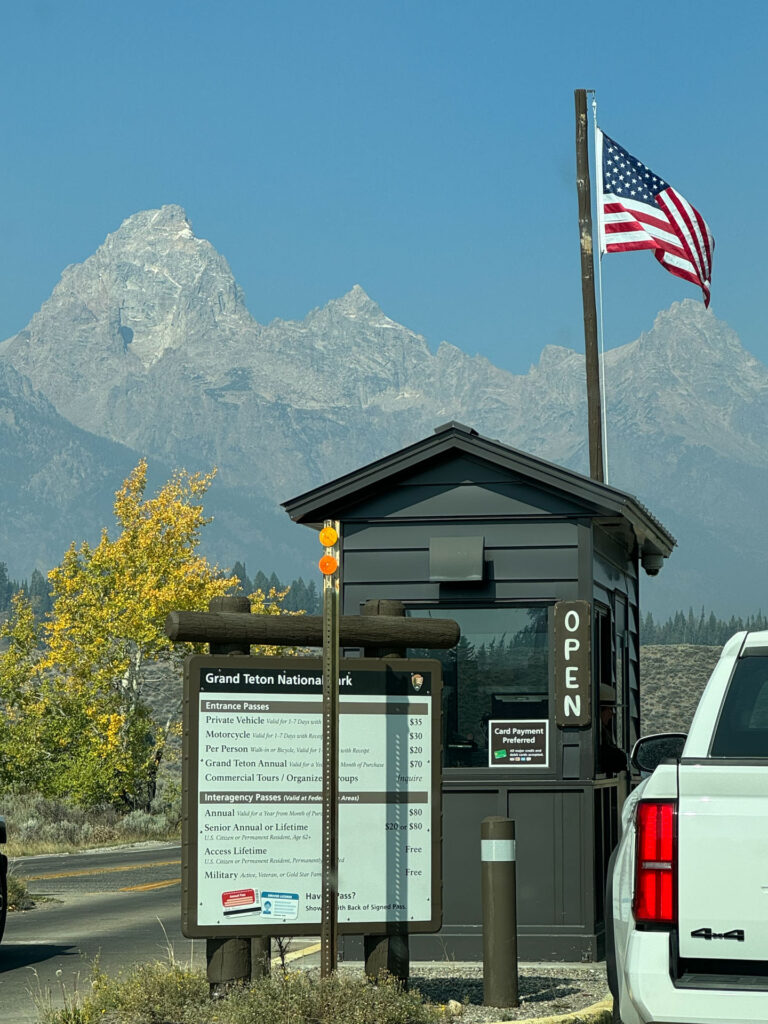
2. Look for New Locations
With a rough sketch of the route pinned on my Google map, I could zoom in and out to find new locations along those routes I might not have thought of otherwise. I also found it helpful to search online for specific destinations and routes to find out what other travelers had already discovered.
For example, I Googled ‘stops to visit driving from Colorado and Wichita, Kansas’ and discovered Monument Rocks Natural Landscape.
The best surprise in this step are the destinations you’ll discover that you might not have found otherwise. There were several stops that I had never heard of that I’m glad I visited.

3. Research Each Individual Destination
The most time-consuming part for me was researching each individual destination. I made sure I knew as much as I could about every single stop including entry fees, reservations needed, top recommendations for activities, where to eat, parking, dog friendliness, and so on. While none of this was set in stone and I was open to change, it did help to know what my options were before I hit the road.

4. Keep Track of Mileage
As part of your research, jot down the mileage and driving time in between destinations. This will help to determine your route and keep track of time both for individual days and the overall duration.
For example, originally, I had hoped to visit the west coast but after mapping everything out, it would have extended by trip by two extra weeks. I couldn’t be gone that long so I had to leave those destinations off for another time.
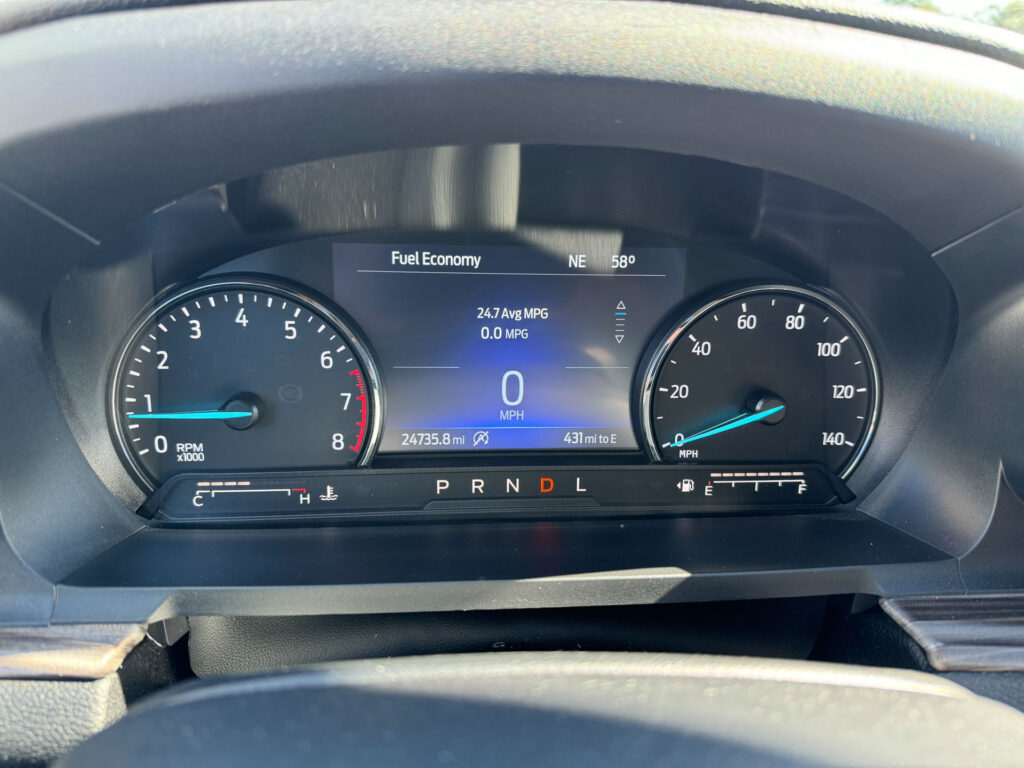
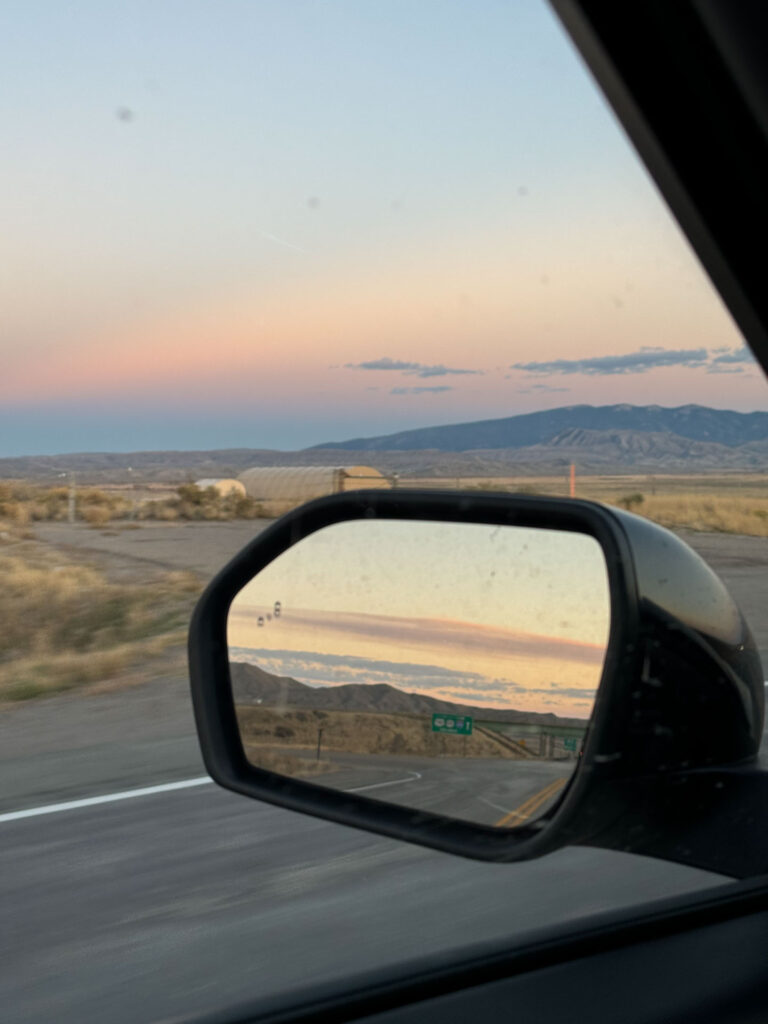
5. Determine Where You Want to Spend the Most Time
If you plan to spend a few days in specific locations, this is where you’ll determine how many days you’ll need for each. Hotel stays were one night each, boutique motels one night, and houses and cabins anywhere from two to five nights.
For example, I for each of my must-visit locations – Glacier, Yellowstone, and the Grand Tetons – I wanted to visit for more than just a day. I prioritized Glacier and spent five nights there, four in Yellowstone, and three near the Grand Tetons. With my parents joining me in Colorado, we also spent four nights here. The rest of the trip consisted of one night stays with visits along the route.
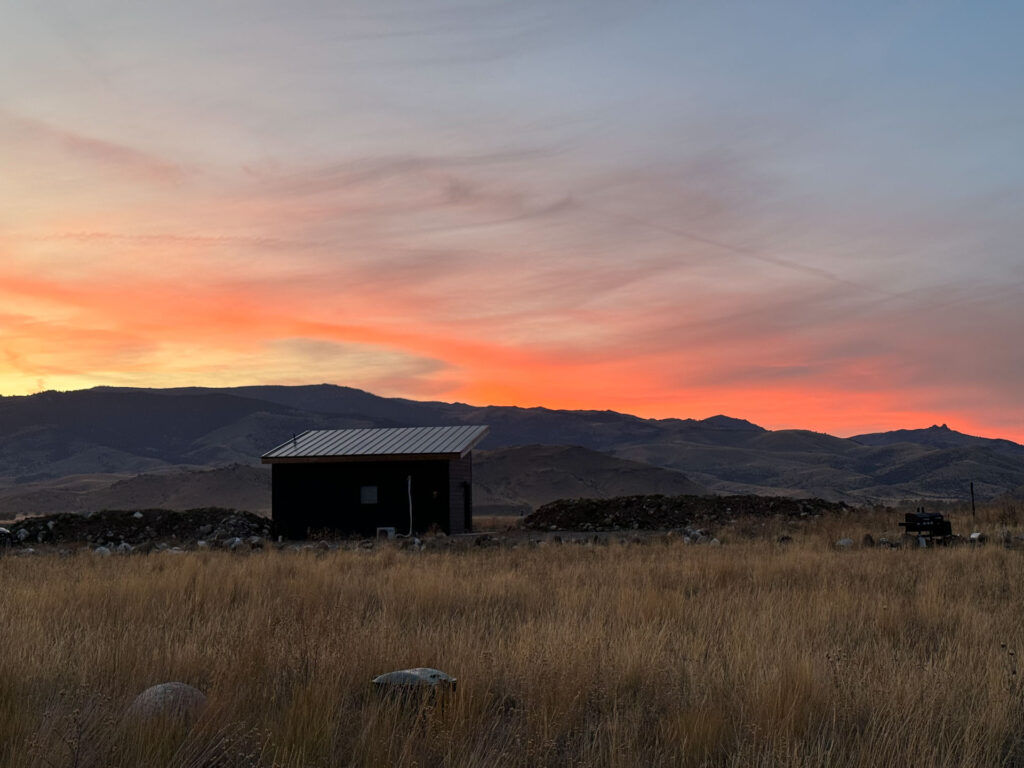
Firming Up Details and Preparing
Now that you have all of the information above loosely in order, it’s time to start firming up your cross country trip. Your Google My Map should have all of your must-visit stops and locations pinned so that you have a general idea of the route and duration of the trip. With that in mind, here are the next steps I recommend to firm up your trip and move from planning to actually preparing.
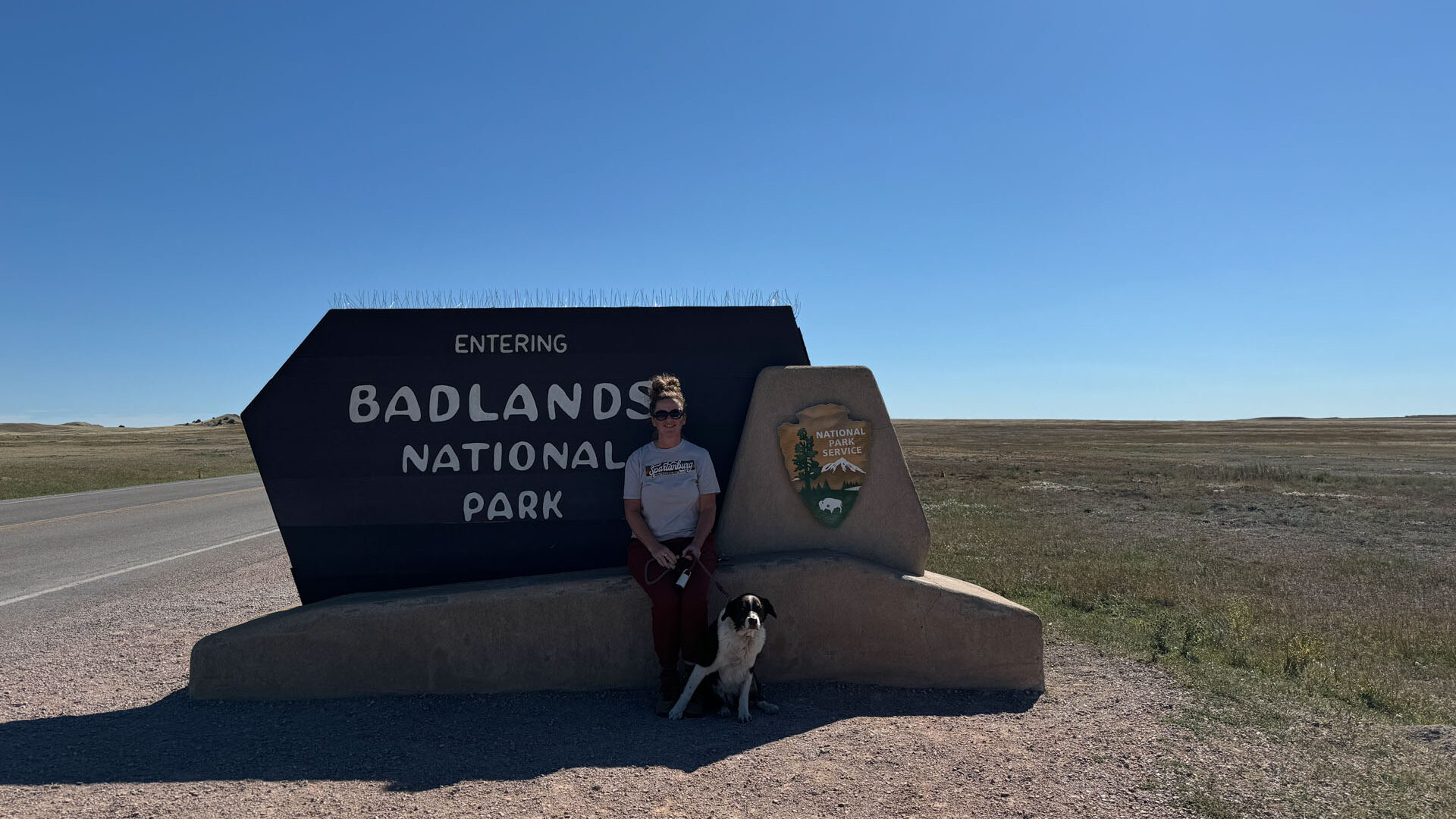
Budget
As much as I hate to start with money, it’s usually the driver behind what most can and cannot do on a trip. It is very easy to let your spending get out of control if you don’t have a budget. And it’s also easy to spend more than you planned even with a budget. Either way I suggest having one in mind so you can steer yourself in the right direction. It also helps to determine what categories you want to spend the most money in.
Here are the main categories I included in my budget:
1. Lodging/Accommodations:
This is where I spent over half of my budget. As I mentioned before, traveling with a dog adds some extra layers to the process especially with finding dog friendly places to stay. Regardless, I was willing to put more money into this category to be comfortable since camping was a no-go for me. I varied my stays by houses, boutique motels, and the rest hotels.
2. Gas:
I used the mileage I kept track of during my research to estimate how many times I would need to fill up and was almost spot on with what I actually spent.
3. Food:
Now I must say upfront that food is not a real priority for me personally so I saved a lot of money here. For multi-night stays I went to the grocery store since I had kitchens in the houses. The majority of what I ate were sandwiches and snacks with the occasional drive through from time to time. If you’re a foodie, you’ll need to account for that in your budget.
4. Sampson/Dog Expenses:
I’ll get into this in a later post but I had my own category for planning for Sampson. This included boarding him in a few places and extra fees when required for bringing pets.
5. Car:
Since my car is rather old and unreliable, I rented a car which was a considerable expense. However, with that cost comes peace of mind and thankfully I had no problems with the car during my trip. If you have a reliable car, you can save a lot of money here.
6. Travel Insurance:
I did purchase travel insurance primarily because I was afraid I might get called for jury duty. I had received a letter a couple of months prior to my trip requiring me to enroll to be eligible for jury duty with no indication of when. It also covers medical emergencies and a few other situations that might cause you to cancel at the last minute so I felt it was worth the cost.
7. Pre-Trip Expenses:
I overspent in this category with a lot of things I purchased for my trip. This ranges from hiking pants to an emergency kit for the car to a hammock for the back seat for Sampson. The good news is that now I have most of them so can use for future trips.
8. Other Expenses:
This included the parks pass, day excursions, parking garages, souvenirs, and other miscellaneous expenses.
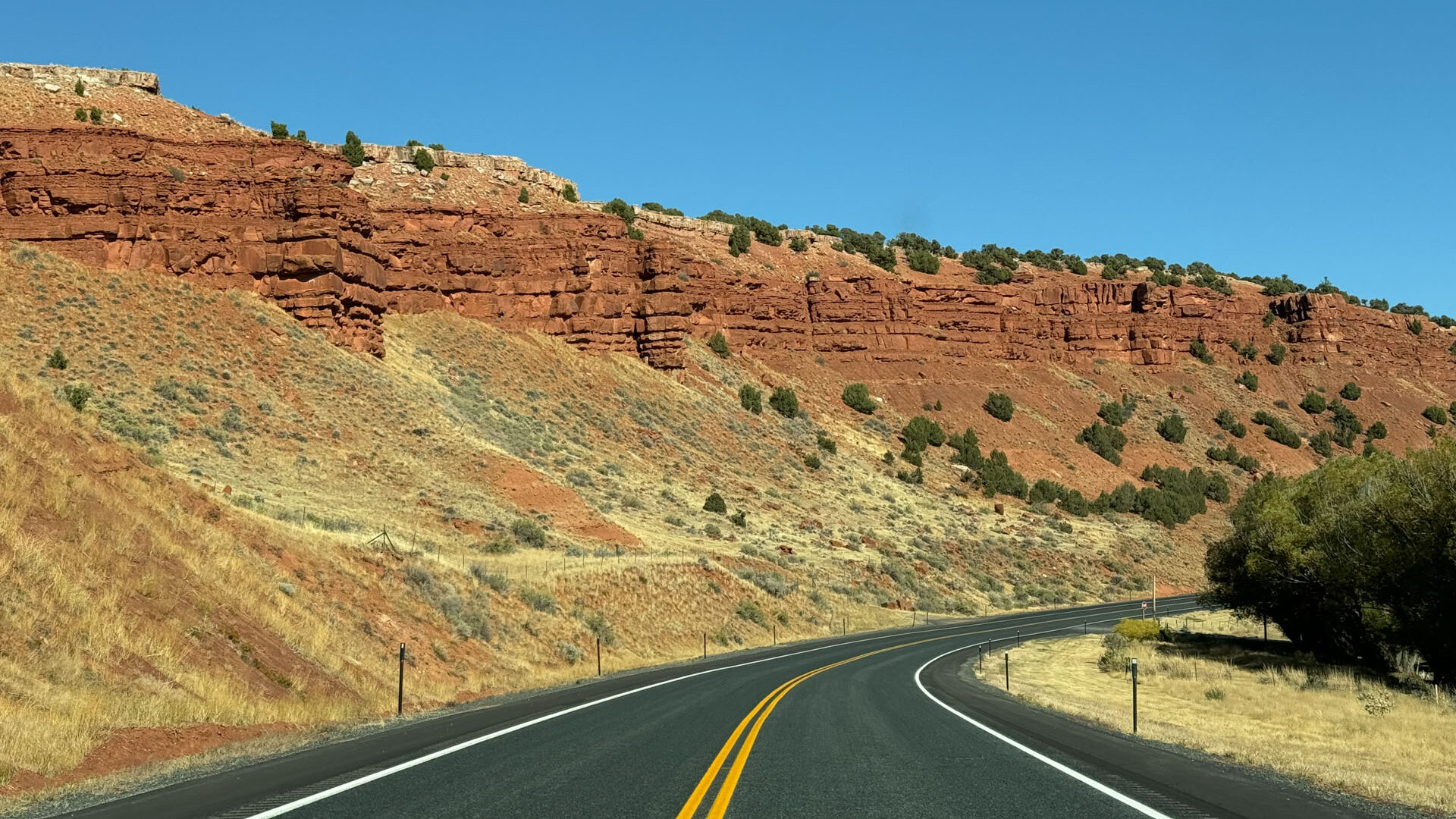
Determine When
With the majority of destinations determined, and a rough route in place, I knew I was looking at a four-week cross country trip. I don’t like large crowds, don’t have kids, and had some flexibility in my work schedule, so I decided on leaving mid-September for four weeks. This also made sure I would make it to Glacier and Yellowstone before any road closures in October.
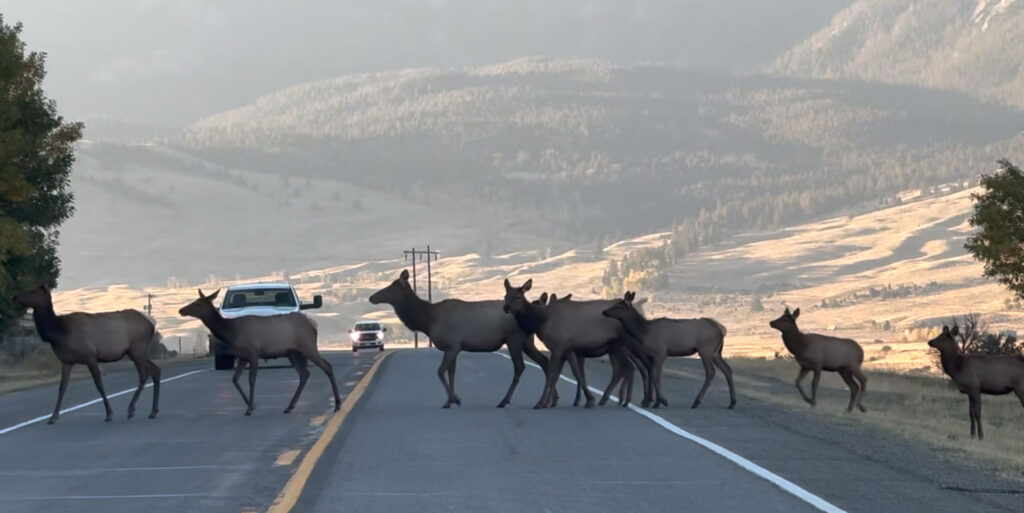
Booking Your Lodging and Accommodations
The next step was to begin making reservations for my lodging and accommodations, and this was when the trip actually began to feel real. Since Sampson was with me, finding dog friendly locations was a little harder. I decided on hotels for the quick overnight stops and rented houses for places I spent three or more nights in. This was the biggest expense in my budget but I knew sleeping in my car or camping was a no-go for me, so I budgeted for it. If you’re adventurous (and perhaps young), camping could save you a lot of money.
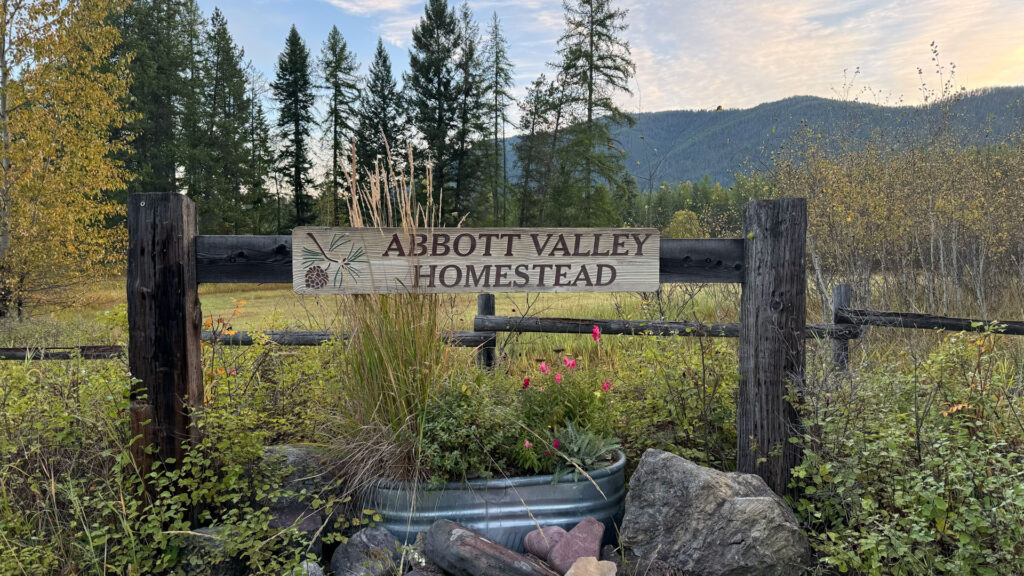
Generally speaking I was able to pay a deposit for the houses I booked that was fully refundable if I canceled by a specific date. The same goes for the boutique stays. Most hotels allowed you to cancel up to the day before and some the day of with a full refund.
Two of the houses I booked through Airbnb and two through their direct websites. When to pay the deposits is a comfort level decision. All except one were booked far enough in advance that I could cancel before a specific date and get my full refund back. Of course, the gamble in booking too late is that you don’t get to stay where you want so it’s really just a decision you’ll have to make.
Hotel accommodations were generally easy to book just a few weeks out and some I changed a day or two before arrival.
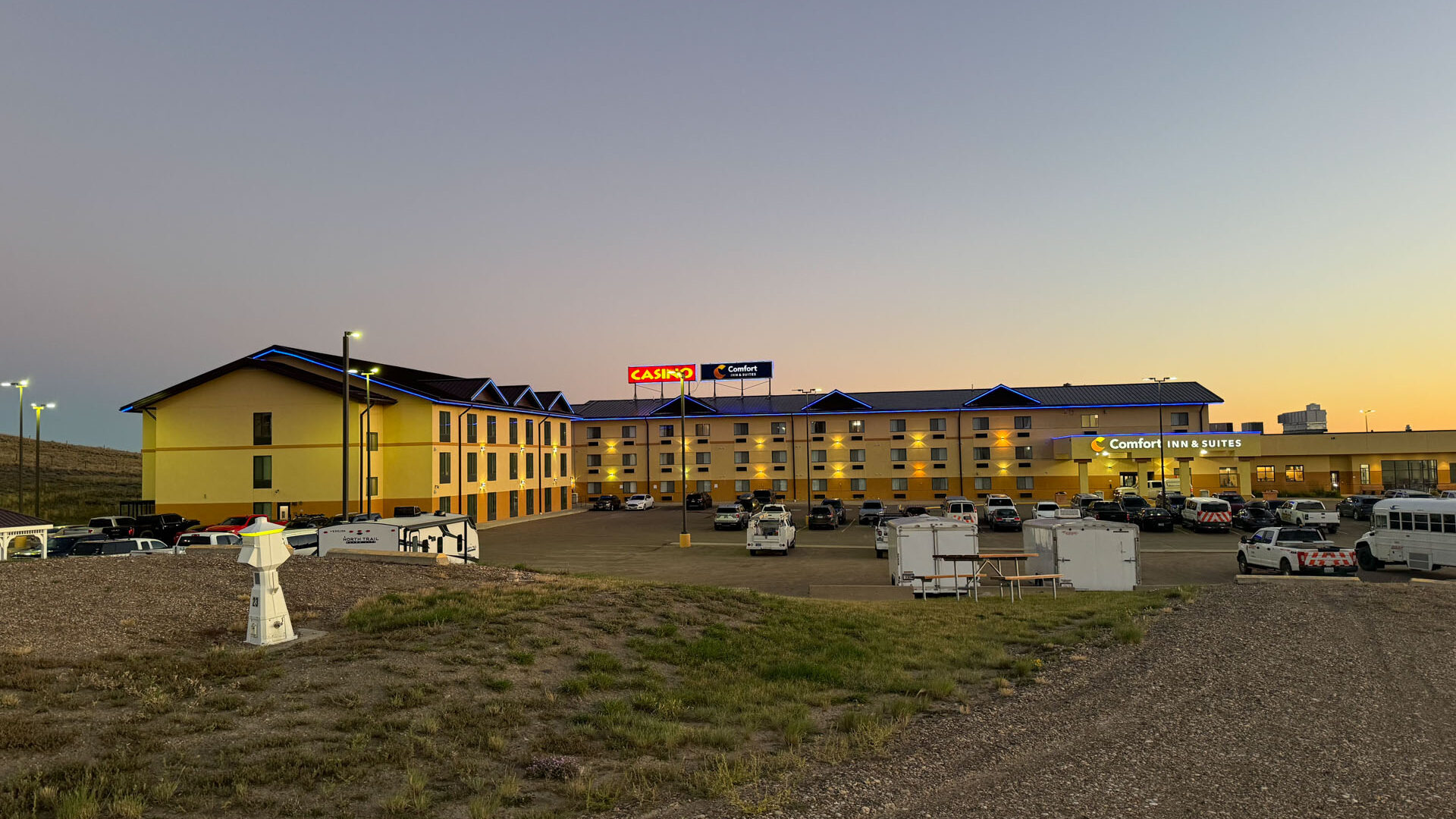
Fill in the Gaps in the Schedule
After all of my major destinations were scheduled along with new destinations along each route, and I had decided where I wanted to stay, I started filling in the gaps. This was a lot of fun because it allowed me to research even more and change things up if I really wasn’t sold on a location I had pinned. I planned my cross-country trip for almost two years so it’s safe to assume several small things changed over the course of that time. However, the major destinations stayed the same.
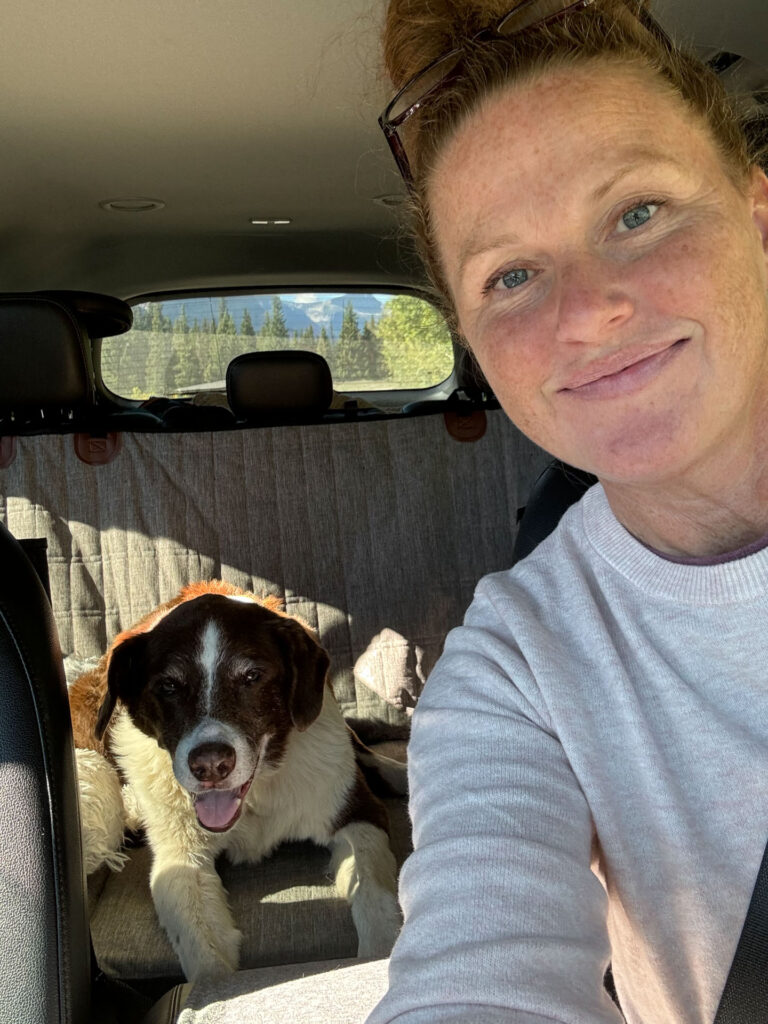
My next cross country trip post will cover my packing essentials, meals, and safety precautions I took since I was traveling solo. And we’ll look at the first leg of my trip which was getting from South Carolina to Montana.
READ LATEST
the
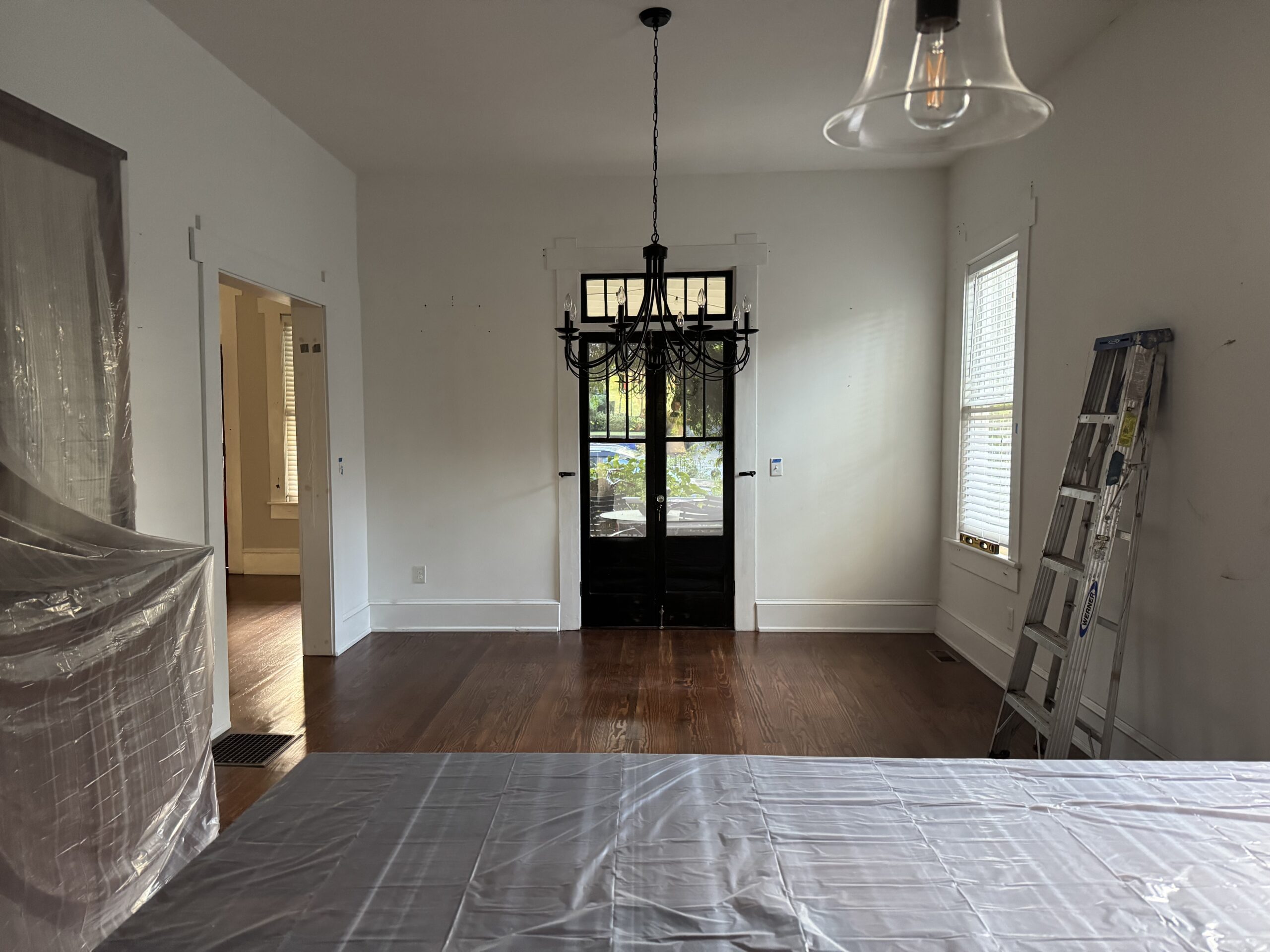
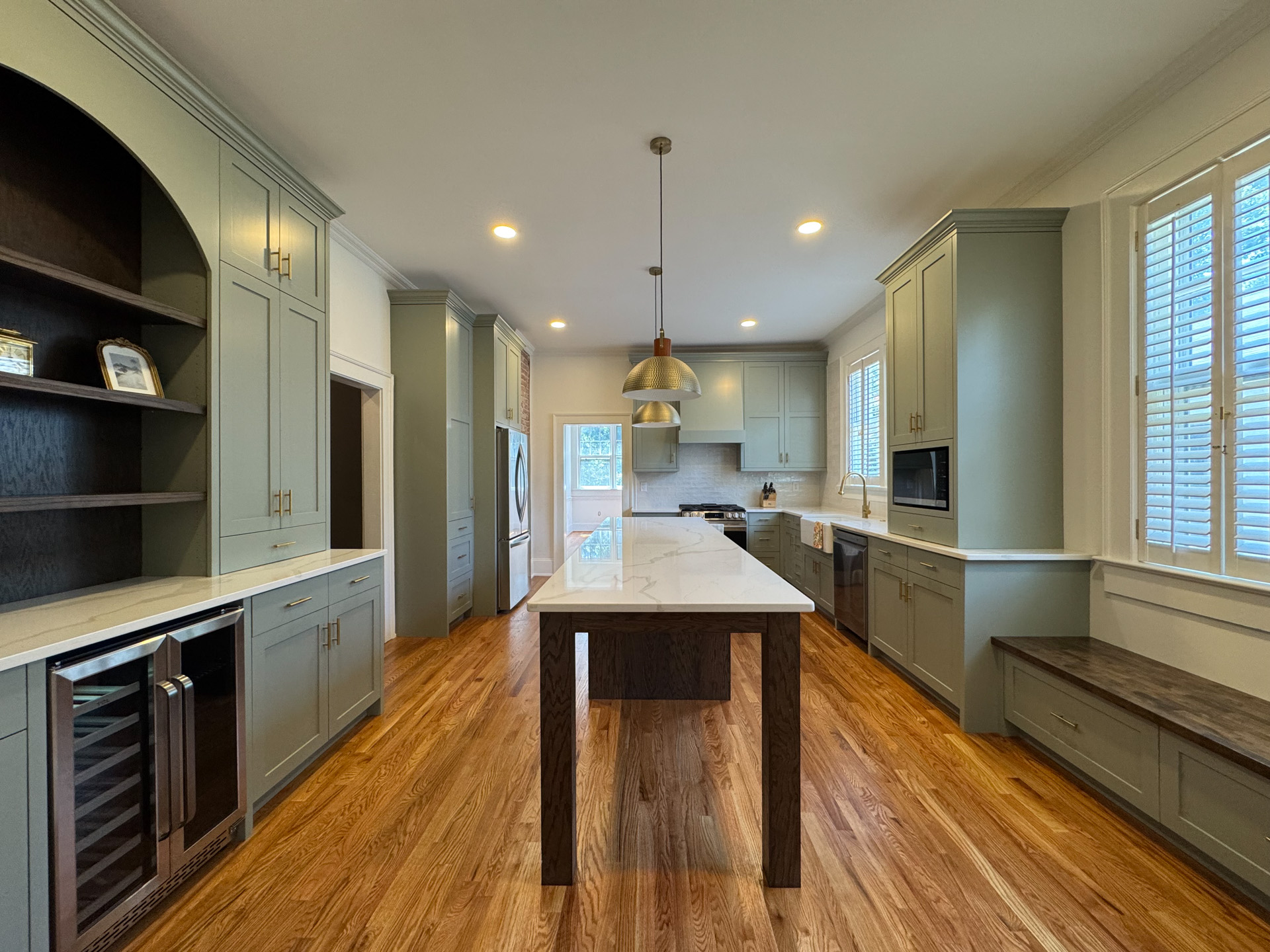

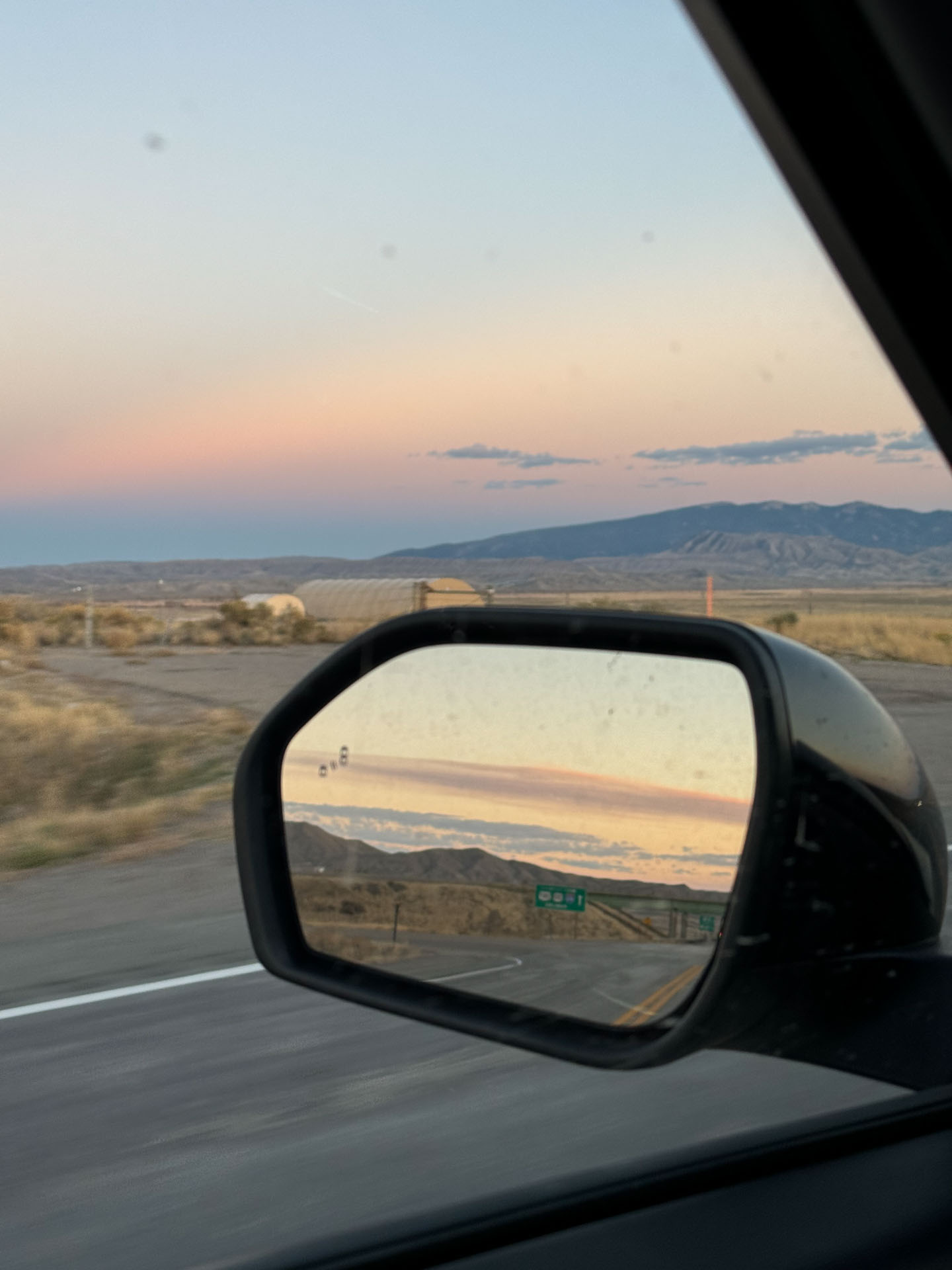
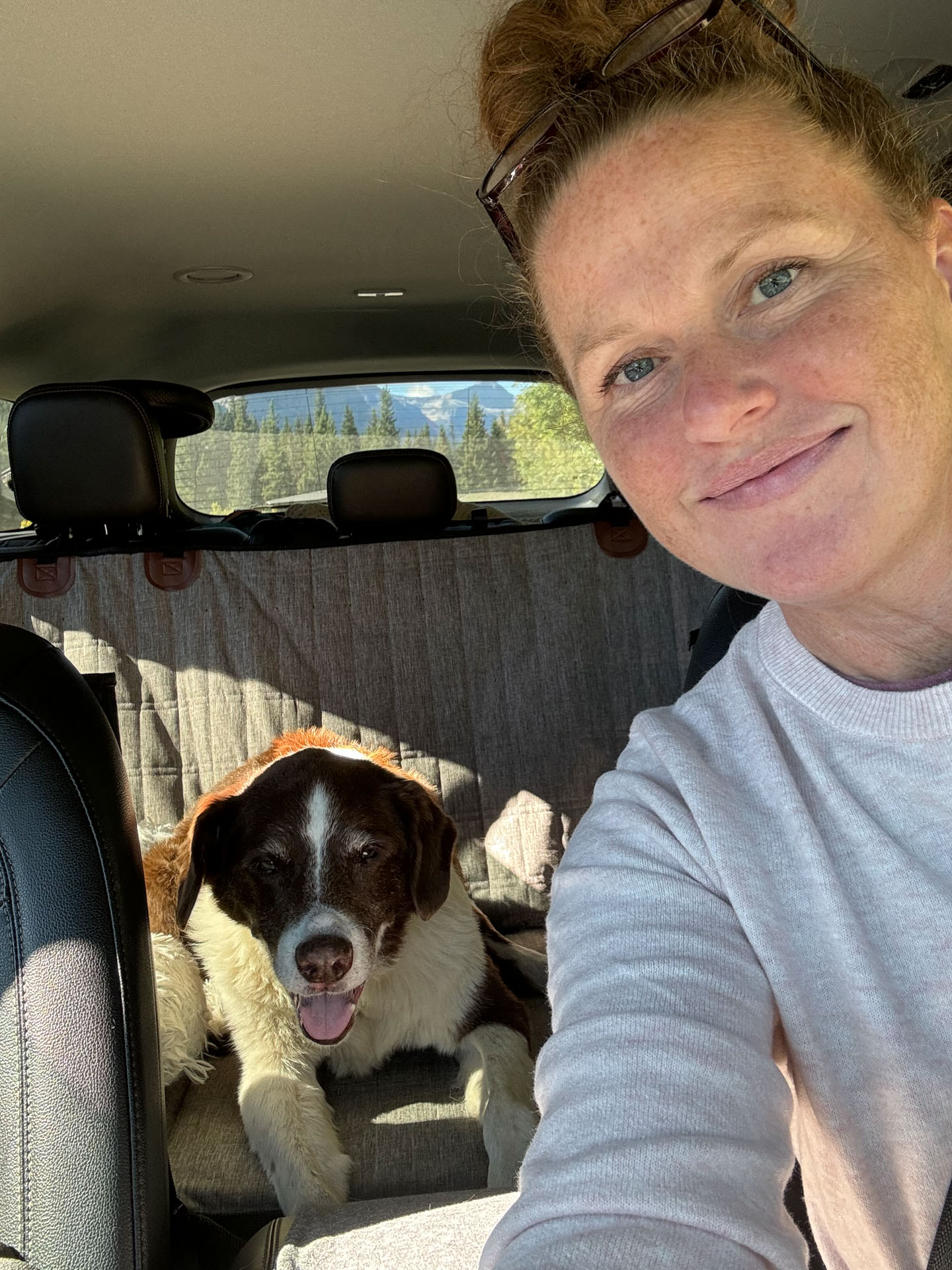
+ Show / Hide Comments
Share to: